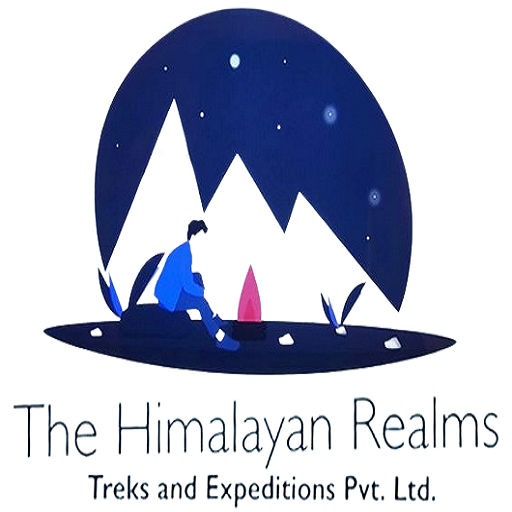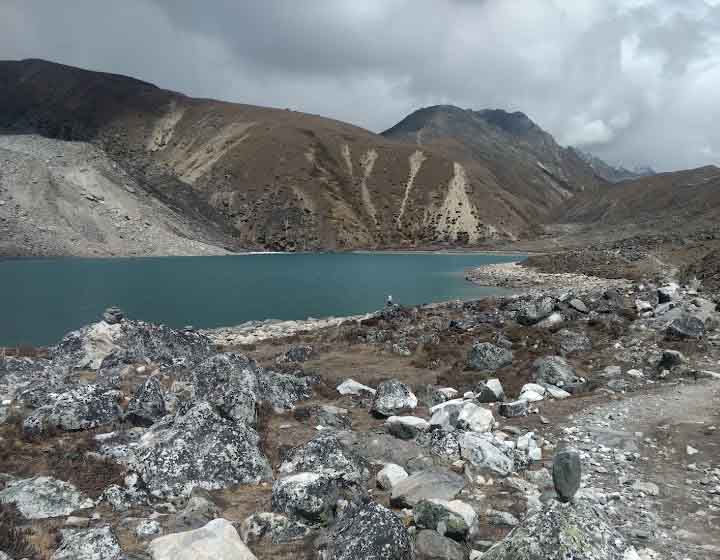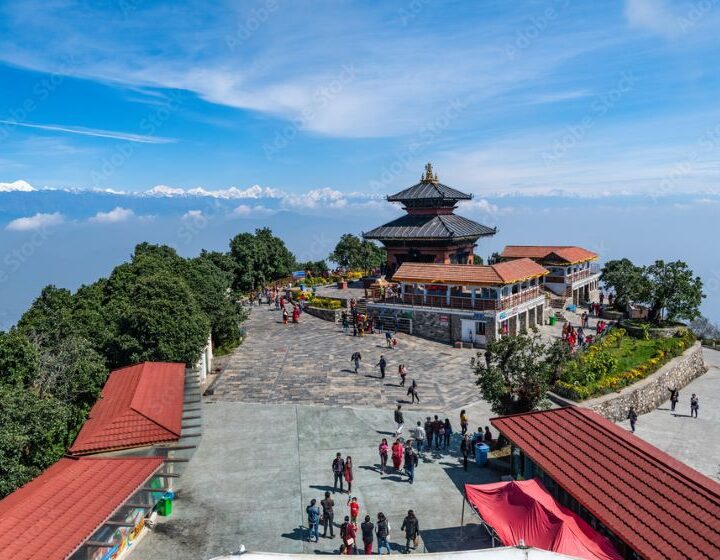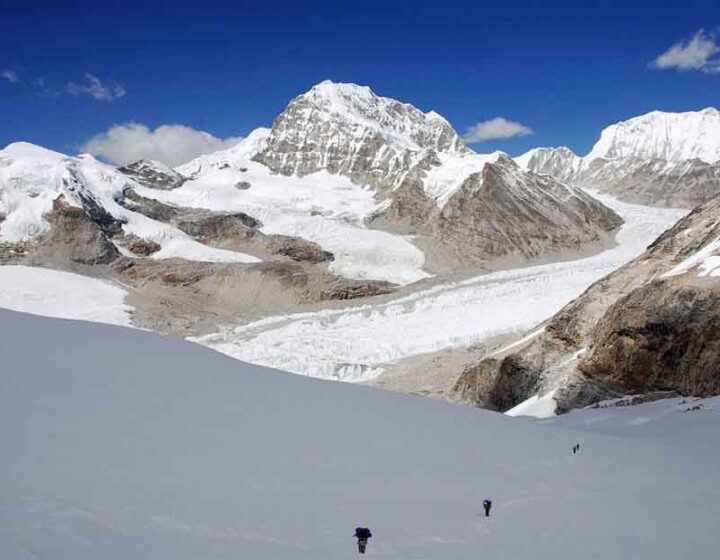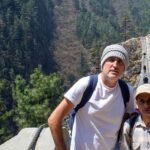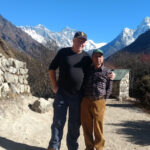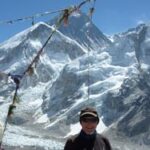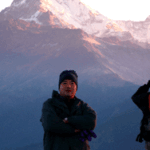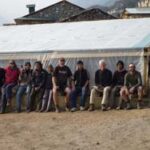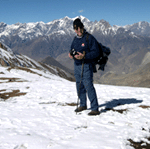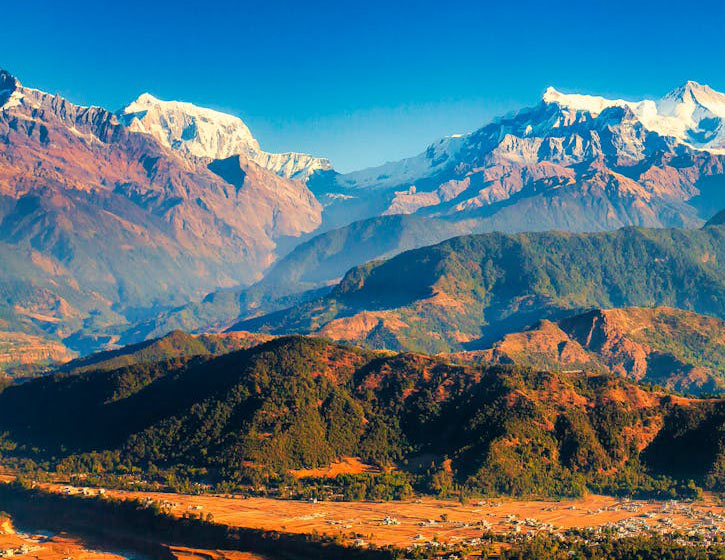
- Details
- Short Itinerary
Itinerary
Itinerary- Useful Info
Trip overview
Australian Camp 6 days Trek
The Australian Camp Trek in Nepal is one of the best tours in Nepal. Kathmandu is the capital of Nepal. Pokhara is one of the most famous tourism cities in Nepal. Kathmandu covers an area of 50.67 square kilometers. The average elevation is 1,350 meters above sea level. Bagmati, Bishnumati, Dhobikhola, Manohara, Hanuman, and Tukucha are the major rivers among the eight rivers in Kathmandu. All the rivers flow through the city. The short name of Kathmandu is KTM, in terms of area. Kathmandu’s wealthy history is nearly 2000 years old; its religious link is predominantly Hindu, followed by Buddhism. Kathmandu is a beautiful city with many things to explore.
Tours:-Pokhara is 200 kilometers from Kathmandu; it is the district headquarters of the Western Region Development. The valley has natural beauty with a beautiful scene that catches you in every aspect. Pokhara is one of Nepal’s most beautiful and popular tourist destinations, recognized for its breathtaking natural landscape, thrilling adventure activities, and lively culture.
Pokhara has diverse vegetation due to its subtropical climate, varying altitudes, and abundant water sources. Consequently, the region’s vegetation can be categorized into the following types:
Tropical and Subtropical Forests Found in the lower elevations, these forests primarily consist of Sal trees, along with various shrubs and bamboo species. Moreover, the warm and humid conditions support rich biodiversity.
Temperate Forests: As the altitude increases, the vegetation gradually shifts to temperate forests, which feature oak, rhododendron, and chestnut trees. In addition, these forests provide habitat for numerous bird species and wildlife.
Alpine and Sub-Alpine Vegetation: At even higher elevations, the landscape transforms into alpine meadows and sub-alpine vegetation, where juniper, birch, and rhododendrons dominate. Furthermore, this zone is known for its seasonal wildflowers, which bloom vibrantly during spring and summer.
Riverine and Wetland Vegetation: Due to the presence of lakes, rivers, and marshlands, Pokhara supports lush wetland vegetation, including reeds, water lilies, and various aquatic plants. Moreover, these habitats attract migratory birds and contribute to a thriving ecosystem.
Overall, the combination of climate, altitude, and abundant water sources makes Pokhara a botanically rich region. Consequently, its diverse plant life enhances both the area’s natural beauty and ecological significance.
1. Subtropical Forests (Lower Elevations)
Found in and around Pokhara Valley (around 800–1,500 m). Dominant tree species: Sal (Shorea robusta), Chilaune (Schima wallichii), and Simal (Bombax ceiba). Other plants: bamboo, ferns, and various flowering shrubs. Rich in birdlife and butterflies.
2. Temperate Forests (Mid-Elevations)
Found in areas above 1,500 meters, including Sarangkot and Australian Camp, these locations offer breathtaking panoramic views of the Himalayas. Moreover, their elevation provides a refreshing climate, making them ideal for trekking and relaxation. In addition, the lush greenery and serene atmosphere enhance the overall experience, attracting nature lovers and adventure seekers alike. Dominant tree species: Rhododendron (Rhododendron arboreum), Oak (Quercus spp.), and Chestnut (Castanea spp.). Mosses and lichens grow abundantly due to moisture.
3. Alpine Vegetation (Higher Elevations)
Found in the Annapurna region (above 3,000 m). Includes shrubs, rhododendron forests, junipers, and alpine grasslands.
4. Wetland and Riverine Vegetation
Found along Phewa Lake, Begnas Lake, and Seti River. Includes aquatic plants like water hyacinths, reeds, and lotus. Mangrove-like vegetation along the lakeshores. Pokhara’s lush greenery, diverse flora, and stunning landscapes make it a paradise for nature lovers, trekkers, and photographers. Would you like information on specific plants or ecosystems?
Why would the tourist like to see the sunrise views from Sarangkot? Sarangkot is 1600 m above sea level. This makes it special for sunrise views, from where you are able to view Dhaulagiri and the complete Annapurna mountain range. Sarangkot is one of the famous small villages where there are many standard hotels. From Sarankot and in the northern direction, we can see Dhaulagiri in the far west. Annapurna range: Sarangkot offers a spectacular view of one of the largest mountain ranges in the world, the Annapurna range, including Annapurna I, which is the 10th highest mountain in the world.
Higlight points:-
Why Australian camp tours:
Scenic Views: From Australian Camp, visitors can enjoy spectacular panoramic views of Annapurna South, Hiunchuli, Machhapuchhre (Fishtail), and Dhaulagiri. The breathtaking mountain scenery creates a perfect backdrop for photography and peaceful reflection.
Easy Accessibility: Reaching Australian Camp is convenient, as it requires only a short trek from Pokhara via Kande, taking approximately 1–2 hours. This easy and well-marked trail makes it an excellent option for trekkers of all experience levels.
Sunrise & Sunset: The location is renowned for its mesmerizing sunrise and sunset views over the Himalayas. As the first light of day or the golden hues of dusk paint the snow-capped peaks, the scenery becomes truly magical.
Serene Atmosphere: Australian Camp is less crowded than other trekking spots; therefore, it is perfect for relaxation. Nestled in tranquil hills, it provides a peaceful retreat away from busy trails. Moreover, the quiet surroundings enable visitors to fully immerse themselves in nature, breathe in the crisp mountain air, and admire the unspoiled beauty. As a result, it becomes an ideal destination for solitude, mindfulness, and rejuvenation in the Himalayas. Furthermore, its serene environment attracts nature lovers, photographers, and anyone seeking a refreshing escape amidst breathtaking landscapes.
Perfect for Short Treks: This trek is ideal for beginners, families, and those with limited time who still wish to experience the charm of the Himalayas. In addition, the well-maintained trails and gentle ascents make it accessible to trekkers of all ages and fitness levels. Moreover, with its short duration, moderate trails, and rewarding panoramic views, Australian Camp provides an excellent introduction to trekking in Nepal. Therefore, it serves as a perfect option for those looking for a quick yet fulfilling Himalayan adventure.
Trekking Route to Australian Camp
Pokhara → Kande → Australian Camp → Dhampus → Phedi → Pokhara (or return the same way).
Similarly, Himalayan Realms Treks offers a wide range of trekking routes in the Annapurna region, including both classic trails and off-the-beaten-path adventures. Moreover, these routes cater to trekkers of all skill levels, from beginners seeking a short and scenic trek to experienced hikers looking for a challenging expedition. In addition, the breathtaking landscapes, diverse cultural experiences, and well-established trekking infrastructure make the Annapurna region an ideal destination for adventurers. Furthermore, the combination of snow-capped peaks, lush forests, and traditional villages enhances the trekking experience, providing a perfect blend of nature and culture. Consequently, whether travelers prefer a leisurely trek or an intense high-altitude challenge, the Annapurna region offers something for everyone. Below are some of them for your information.
Siklish Trek 9 days
Kathmandu Chitwan & Pokhara Tours 7/8 Days
Hotspring Tour: 9 days
Australian camp Tour Nepal for 6 days
Khayar Lake Trekking 17 days
Panchase Trekking 7 days
Kathmandu,Pokhara and Sarangkot Tour 6days
Dhampus, Sarangkot Trek 8 days
Jomsom Muktinath Trek, 13 days
Upper Mustang Trek
Annapurna circuit Trek, 12 days
Mardi Trek 6 days
Short Itinerary
Day 01: Flight to Pokhara
Day 02: full-day city sightseeing
Day 03: Pokhara to Australian camp.
Day 04: Australin Camp-Pokhara
Day 05: Pokhara—Kathmandu:
Day06:Departurefrom
Itinerary
Arrival in Kathmandu-Transfer to Hotel:-Welcome at the Tribhuvan International Airport and transfer to hotel in Kathmandu, rest at the hotel and briefing about the trip. Overnight accommodation is set with BB Plan.
Full day sightseeing in Kathmandu valley inclusive of Buddhanath Stupa (one of the biggest Buddhist stupa in Nepal, where also you will be able to see many monks and Tibetan peoples. Pashupatinath is one of the most important Hindu Temple of God Shiva, where the dead body also cremate), Bhaktapur City (Among three oldest cities is one of the interesting city, where visitor can see fifty-five wood carving windows palace, a lot of pottery clubs, many temples and a lot of wood carving place), Patan City (Also one of the city like Bhaktapur where you will be able to see a Hindu temple call God Krishna Temple and many others as well as A Buddhist Temple call Golden Temple ) & Swyambhunath Stupa (One of oldest Buddhist Stupa situated at the highest place in Kathmandu Valley, from where you can see the scenery of Kathmandu Valley, as well as some mountain peaks also if the weather is nice) .
After breakfast fly to the second beautiful city of Nepal drive to Kande about 1:30 minutes the hike to Australian camp about 2 hrs and stay overnight at Australian camp.
After breakfast walk down to Dhampus and drives back to Pokhara from Dhampus check in the hotel rest then surrounding the Fewa Lake.
Full day Pokhara city sightseeing including the world pace stupa, Bindyavashini Temple, K.I. sight bridge old Seti river gorge this is the deepest gorge all the world, David fails, Gupteshower Mahadev cave, Tibetan refugee camp, and Barahi Temple.
Day 07:- After breakfast drive back to Kathmandu by Private vehicle about 6 hrs from Pokhara to Kathmandu. Arrive in Kathmandu and check in the same hotel and rest time free and shopping.
After bereakfast drive to airport the fly back to Kathandu check in hotel rest then in the evening drive to the international airport for departure then fly back to your own destination.
Useful Info
Useful Information for Trekking to Australian Camp
Location & Altitude: Location: Annapurna Region, Nepal. Altitude: 2,060 meters (6,759 feet)
Trekking Route Options Option 1: Pokhara → Kande → Australian Camp → Dhampus → Phedi → Pokhara
Option 2 (Extended with Ghandruk) -Pokhara → Kande → Australian Camp → Landruk → Ghandruk → Nayapul → Pokhara (3-4 Days)
Accommodations & Food Lodges & Tea Houses:
Food: Traditional Nepali dal bhat, noodles, soups, and Western options.
Best Time to Visit: Spring (March-May): Clear skies, blooming rhododendrons. Autumn (September-November): Best mountain visibility, mild weather. Winter (December-February): Cold but peaceful, great for sunrise views.
Monsoon (June-August): rainy, slippery trails, but lush greenery.
How to Get There: Drive from Pokhara to Kande: (~1 hour) Trek from Kande to Australian Camp: (~1.5-2 hours)
